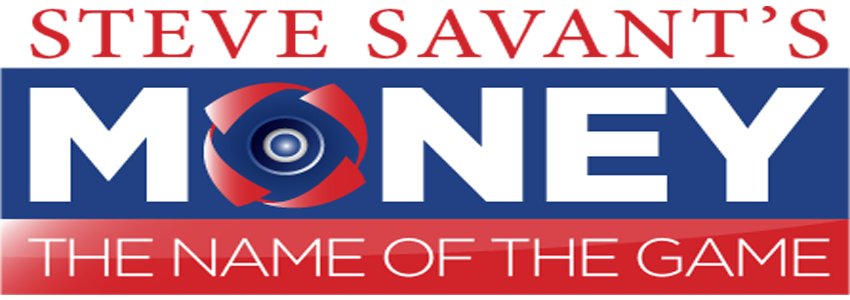 Mesa 11/20/2018 10:00:00 AM
Mesa 11/20/2018 10:00:00 AM
News / Finance
Covering Temporary Financial Liabilities with Term Life Insurance
Term Life Insurance

ON THE LEVEL - There are different ways for insurance companies to structure the way you pay your policy premiums. The most basic is known as level term insurance. It’s easy: You pay the same premium amount each year the policy is in effect, and you know exactly what the insurance will cost for the term. In contrast, with an annually renew- able term policy, the premium in the first few years is typically lower than for a level term policy with the same cover- age. But you pay a higher premium each year you renew. Over 10 or 20 years, the actual cost of the annually renewable term will be higher—often by several hundred dollars. Since the rate of increase from one year to the next varies, it’s hard to know exactly what the difference in cost will be. But it is something your agent may be able to tell you when you’re considering your alternatives.
FEATURES OF TERM POLICIES - Your term policy may also be renewable or convertible, or both. A renewable policy guarantees you can renew your coverage each time the term of your existing policy ends without having to demonstrate you are in good health. That’s especially important if you’ve developed any sort of medical condition that might negatively affect your ability to buy new coverage. Premiums increase at each renewal and are based on your age at that time. But check your policy because renewable policies are typically available only up to a certain age, such as 75. With convertible term insurance, you can convert your term policy to a permanent policy with the same death benefit if you decide that lifetime coverage meets your needs better. You will pay higher premiums for a policy with this feature than you would for one without. But you generally won’t have to demonstrate that you’re in good health to make the switch.
TERM LENGTH - You’ll have a choice of terms when you buy a level term policy. The longest terms may extend 20 or 30 years, and there are generally also mid-length terms, such as 10 years, and shorter terms of around 5 years.
THE COST OF TERM - Traditional term insurance tends to cost less than permanent insurance when you’re young for a couple of reasons. First, you’re paying only for insurance coverage. Second, the premiums you pay are based on the risk the company is taking that you’ll die during the period you’ll be insured. If you’re young and healthy, the risk of your dying during that limited time is statistically low, so your premiums are low.
Contributions from the book Guide to Understanding Life Insurance in this press release are used with permission from Light Bulb Press.
